Just as it had done 21 years previously with the revolutionary 'Traction Avant', Citroën stunned the world again in 1955 with the launch of the strikingly styled 'DS'. Beneath the shark-like newcomer's aerodynamically efficient, low-drag bodyshell there was all-independent, self-levelling, hydro-pneumatic suspension; plus power-operated brakes, clutch and steering. No European car would match the DS's ride quality for several years, the fundamental soundness of Citroën's ahead-of-its-time hydro-pneumatic suspension being demonstrated by its survival in present-day top-of-the-range models. The DS's original 1,911cc, overhead-valve, long-stroke engine was replaced in 1966 by a short-stroke 1,985cc unit, also available in 2,175cc and 2,347cc versions, while other DS developments included swivelling headlights, fuel injection and a five-speed gearbox. Other models offered alongside the original DS were the ID (a simplified, cheaper version), the cavernous Break estate and the two-door Décapotable (convertible), the latter boasting coachwork by Henri Chapron. Right-hand drive versions were assembled in England at Citroën's Slough factory. A fuel-injected, 2,175cc model equipped with the semi-automatic transmission, and air conditionning, this example was restored in 2000 and is described as in generally very good condition. Currently displaying a total of 128,000 kilometres on the odometer, the car is offered with Netherlands registration papers and technical inspection. Citroën DS à moteur 2,175 cm3 à injection et boîte semi-automatique hydraulique et la climatisation, cette voiture restaurée en 2000 est décrite comme étant en très bon état général. Affichant actuellement 128,000 km au compteur, elle est proposée avec ses documents d'immatriculation aux Pays-Bas et son contrôle technique.
Just as it had done 21 years previously with the revolutionary 'Traction Avant', Citroën stunned the world again in 1955 with the launch of the strikingly styled 'DS'. Beneath the shark-like newcomer's aerodynamically efficient, low-drag bodyshell there was all-independent, self-levelling, hydro-pneumatic suspension; plus power-operated brakes, clutch and steering. No European car would match the DS's ride quality for several years, the fundamental soundness of Citroën's ahead-of-its-time hydro-pneumatic suspension being demonstrated by its survival in present-day top-of-the-range models. The DS's original 1,911cc, overhead-valve, long-stroke engine was replaced in 1966 by a short-stroke 1,985cc unit, also available in 2,175cc and 2,347cc versions, while other DS developments included swivelling headlights, fuel injection and a five-speed gearbox. Other models offered alongside the original DS were the ID (a simplified, cheaper version), the cavernous Break estate and the two-door Décapotable (convertible), the latter boasting coachwork by Henri Chapron. Right-hand drive versions were assembled in England at Citroën's Slough factory. A fuel-injected, 2,175cc model equipped with the semi-automatic transmission, and air conditionning, this example was restored in 2000 and is described as in generally very good condition. Currently displaying a total of 128,000 kilometres on the odometer, the car is offered with Netherlands registration papers and technical inspection. Citroën DS à moteur 2,175 cm3 à injection et boîte semi-automatique hydraulique et la climatisation, cette voiture restaurée en 2000 est décrite comme étant en très bon état général. Affichant actuellement 128,000 km au compteur, elle est proposée avec ses documents d'immatriculation aux Pays-Bas et son contrôle technique.
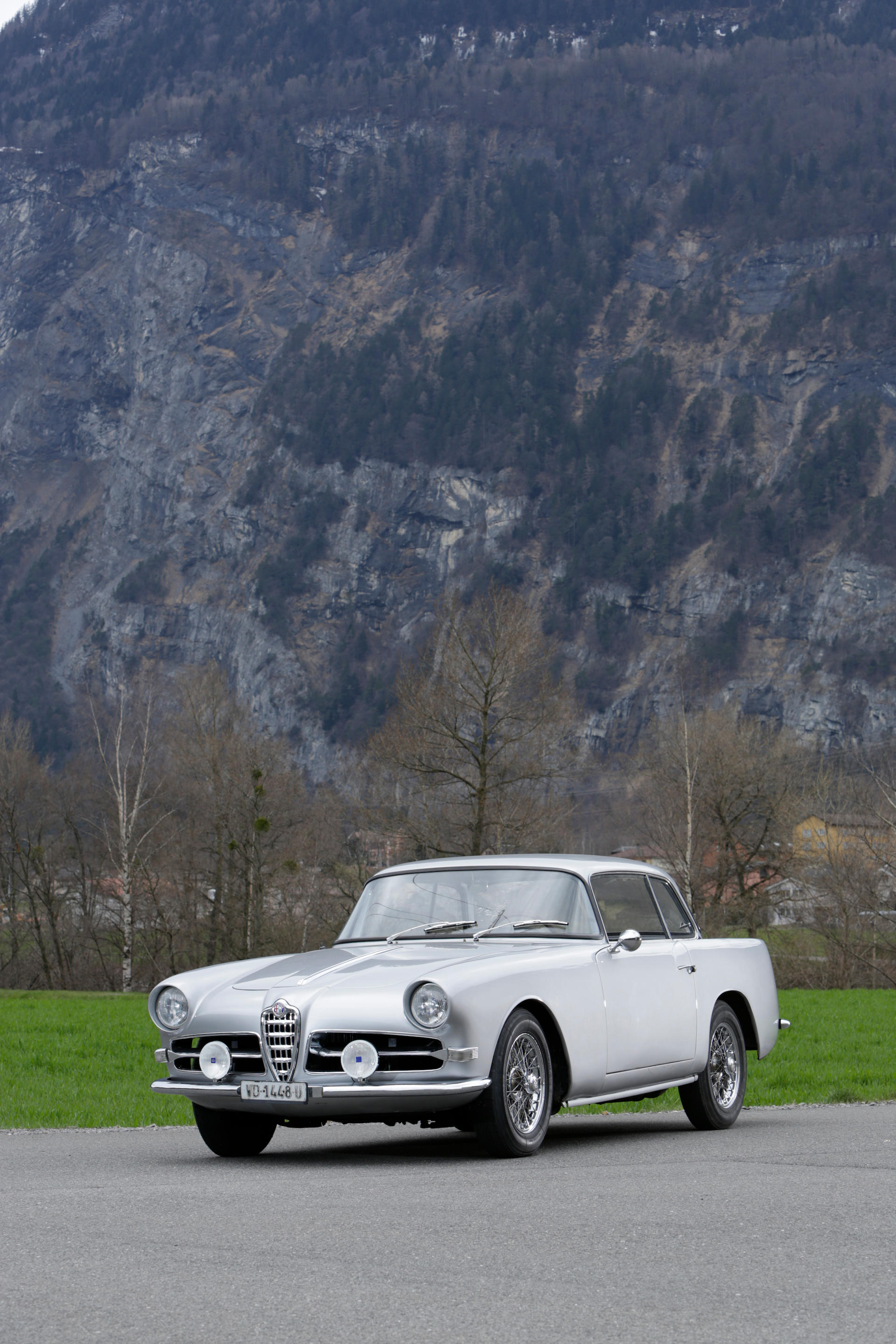
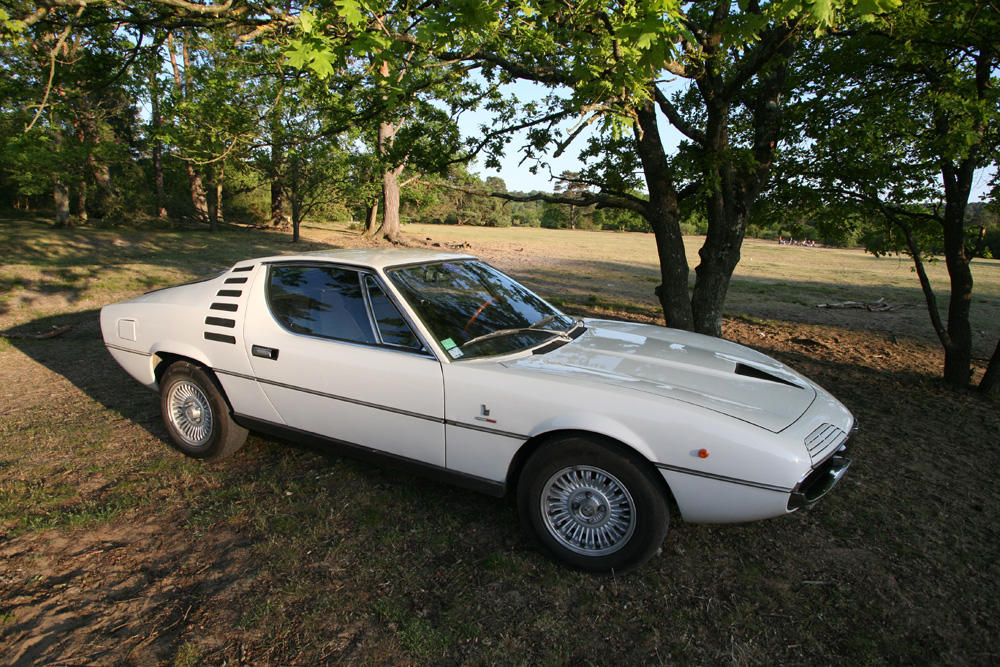
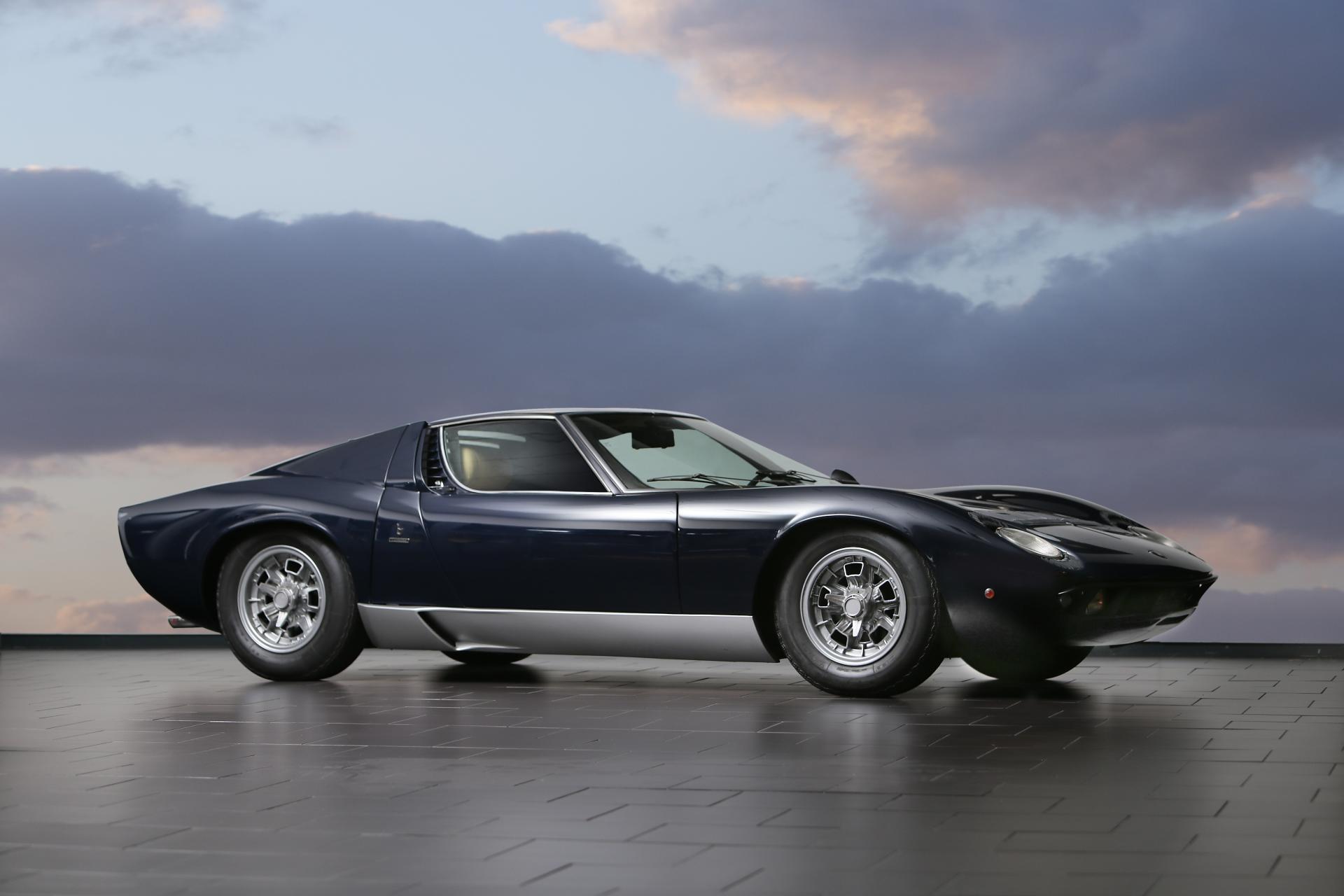
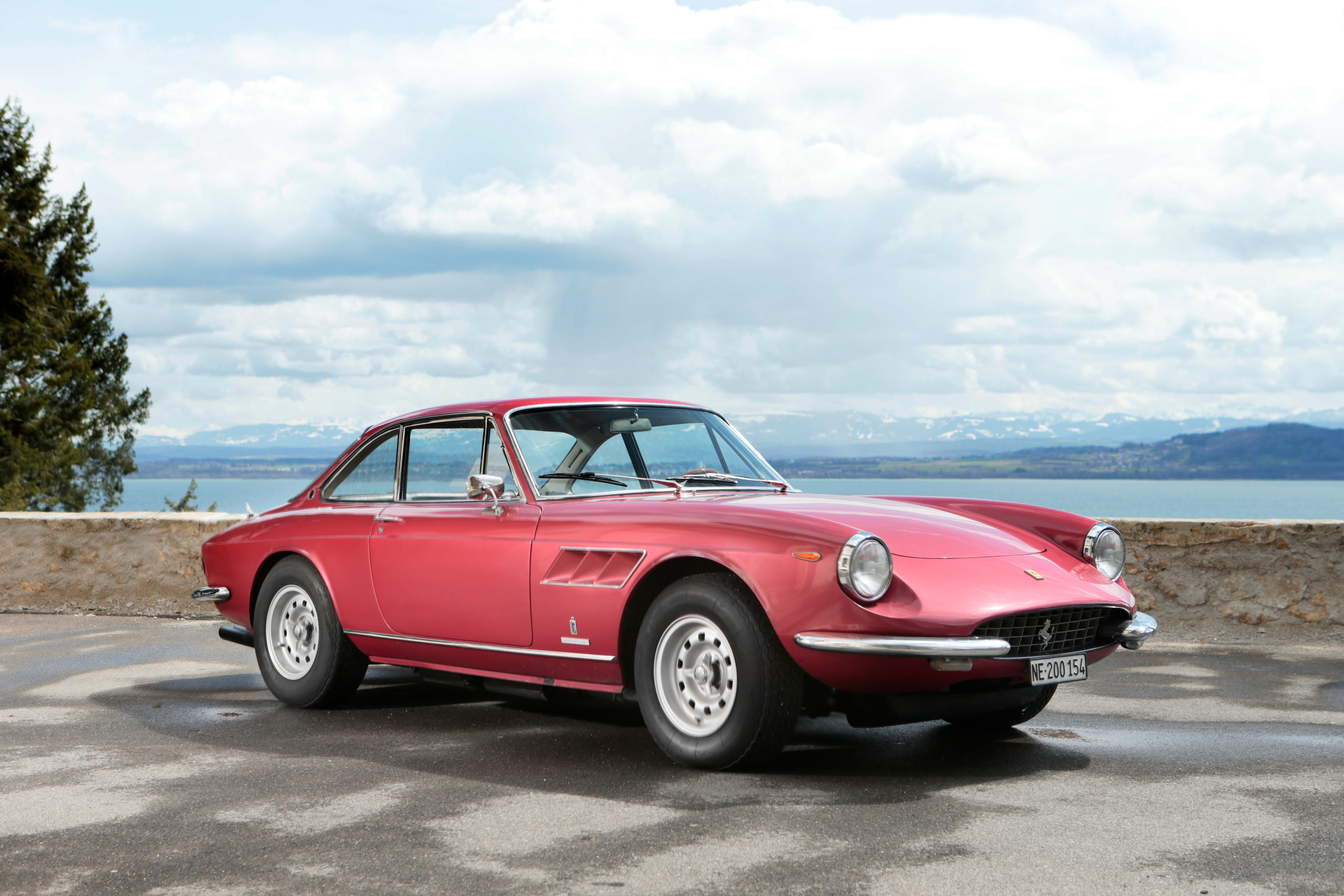
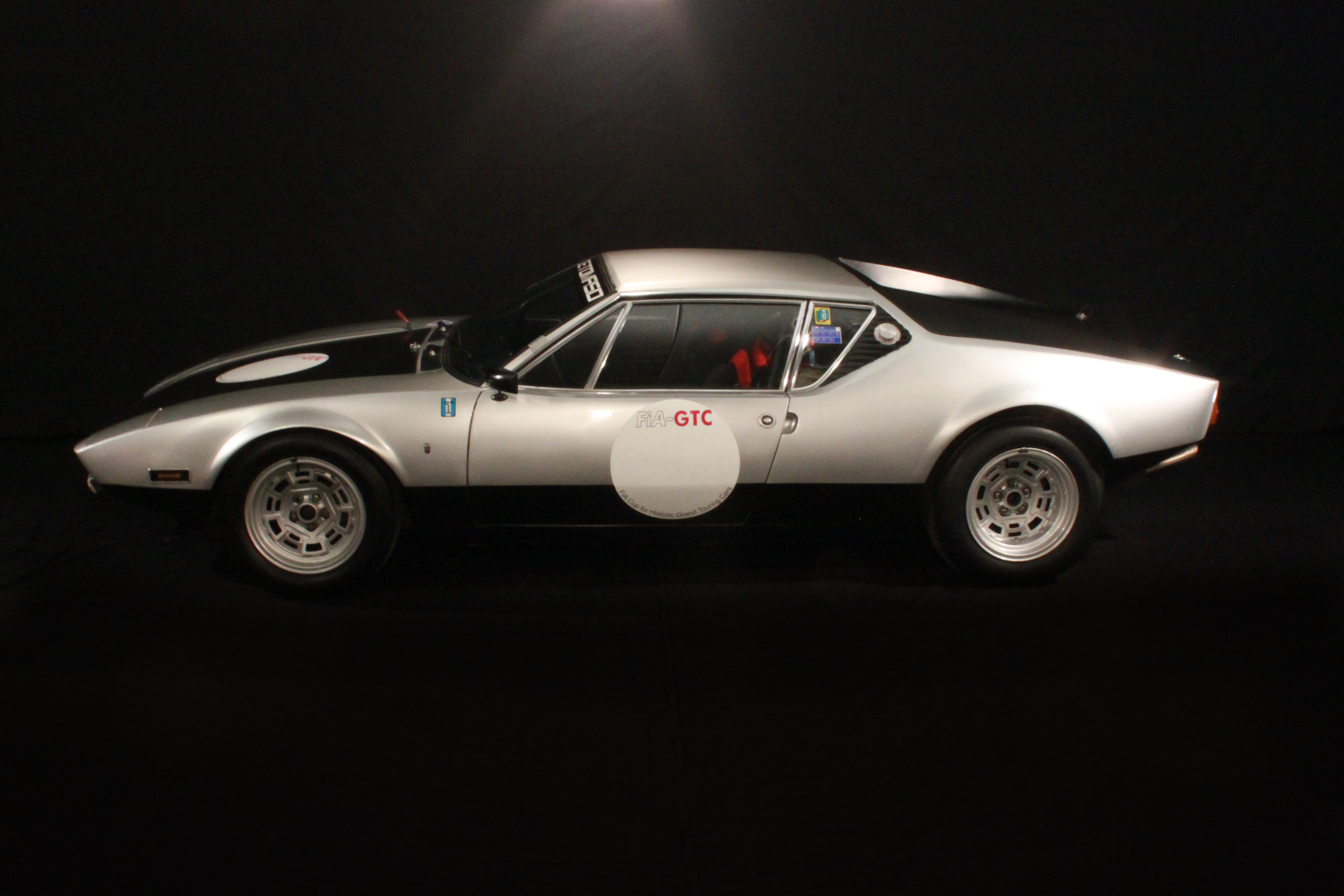
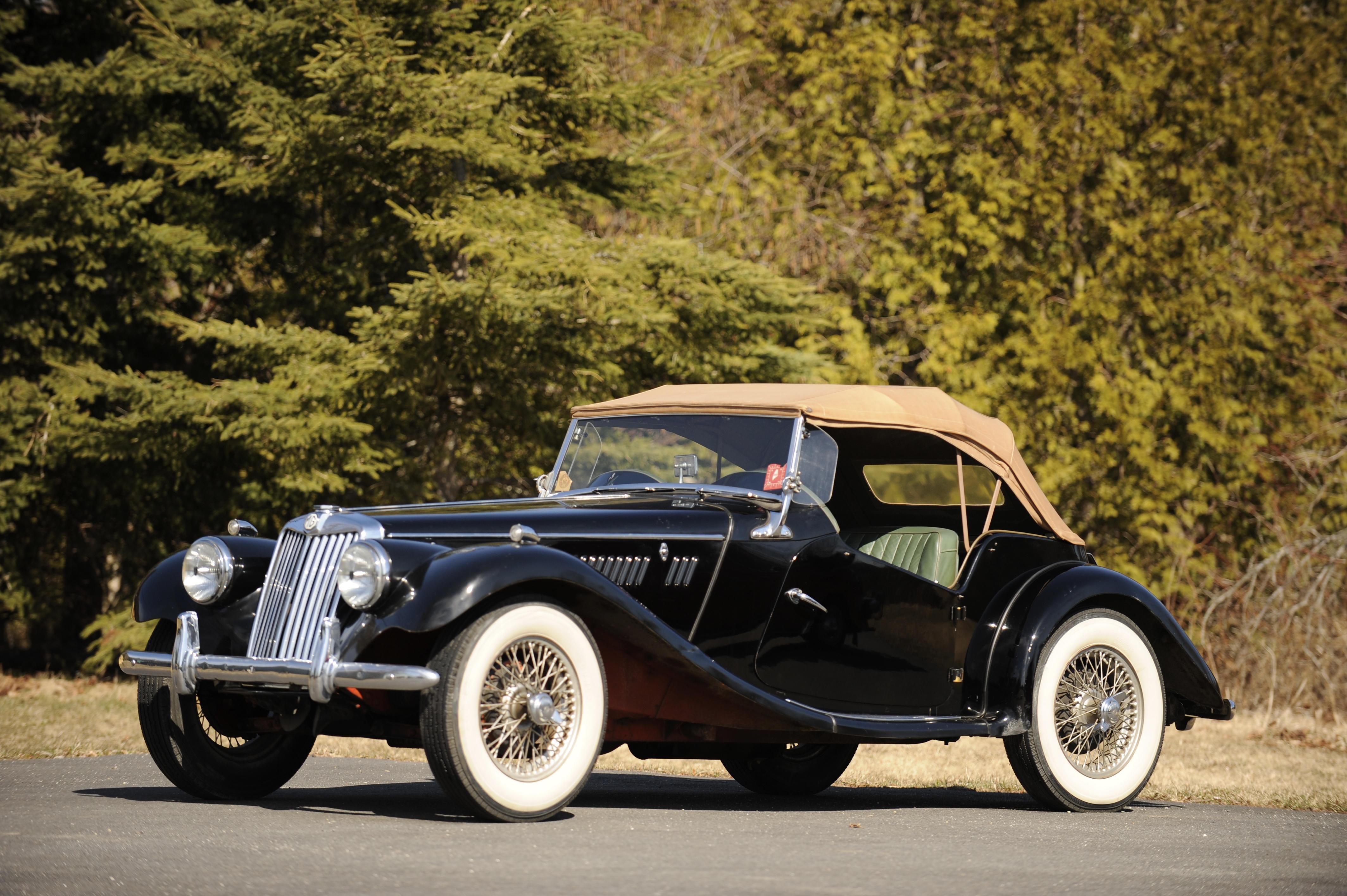
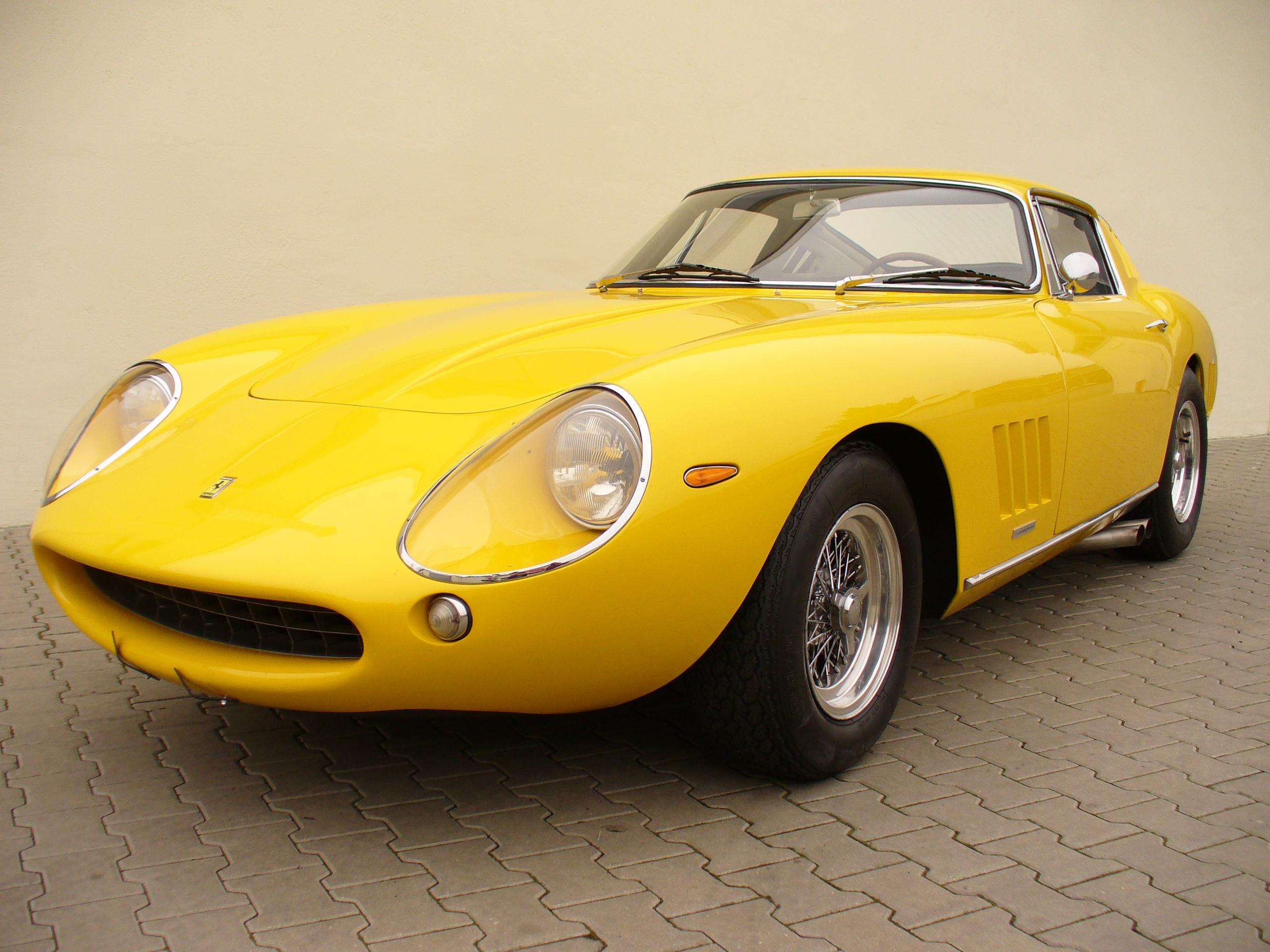
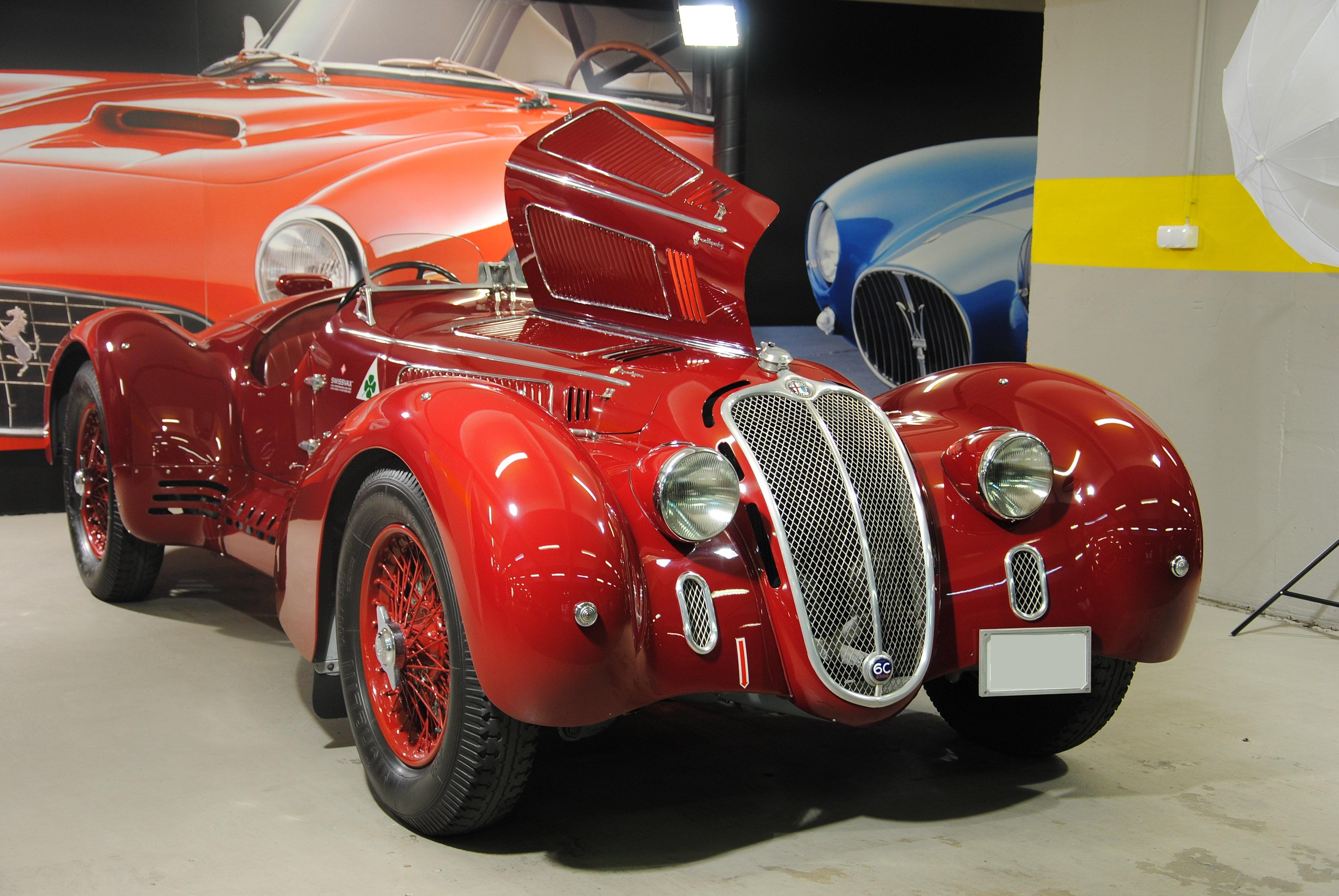
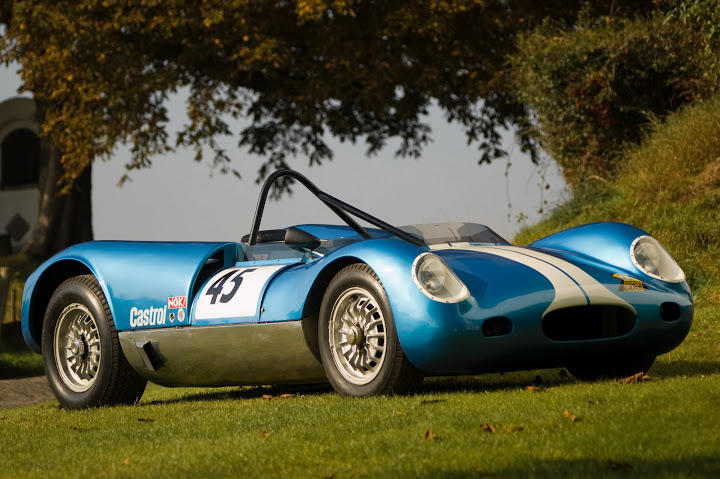
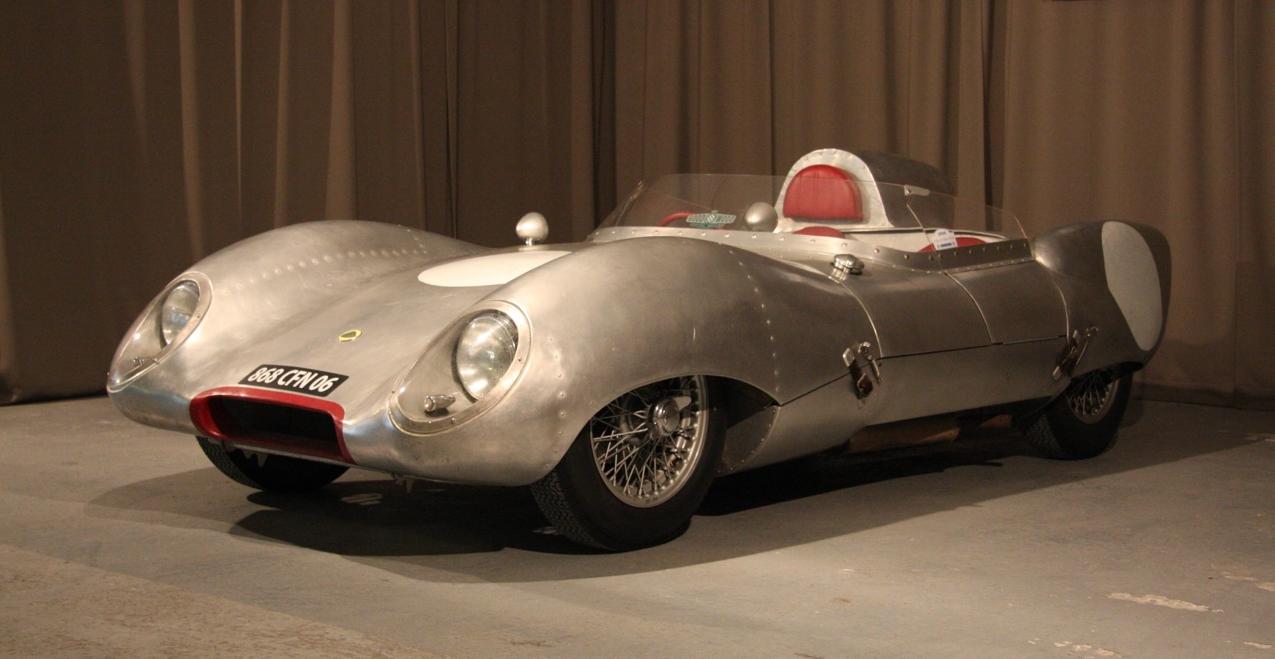
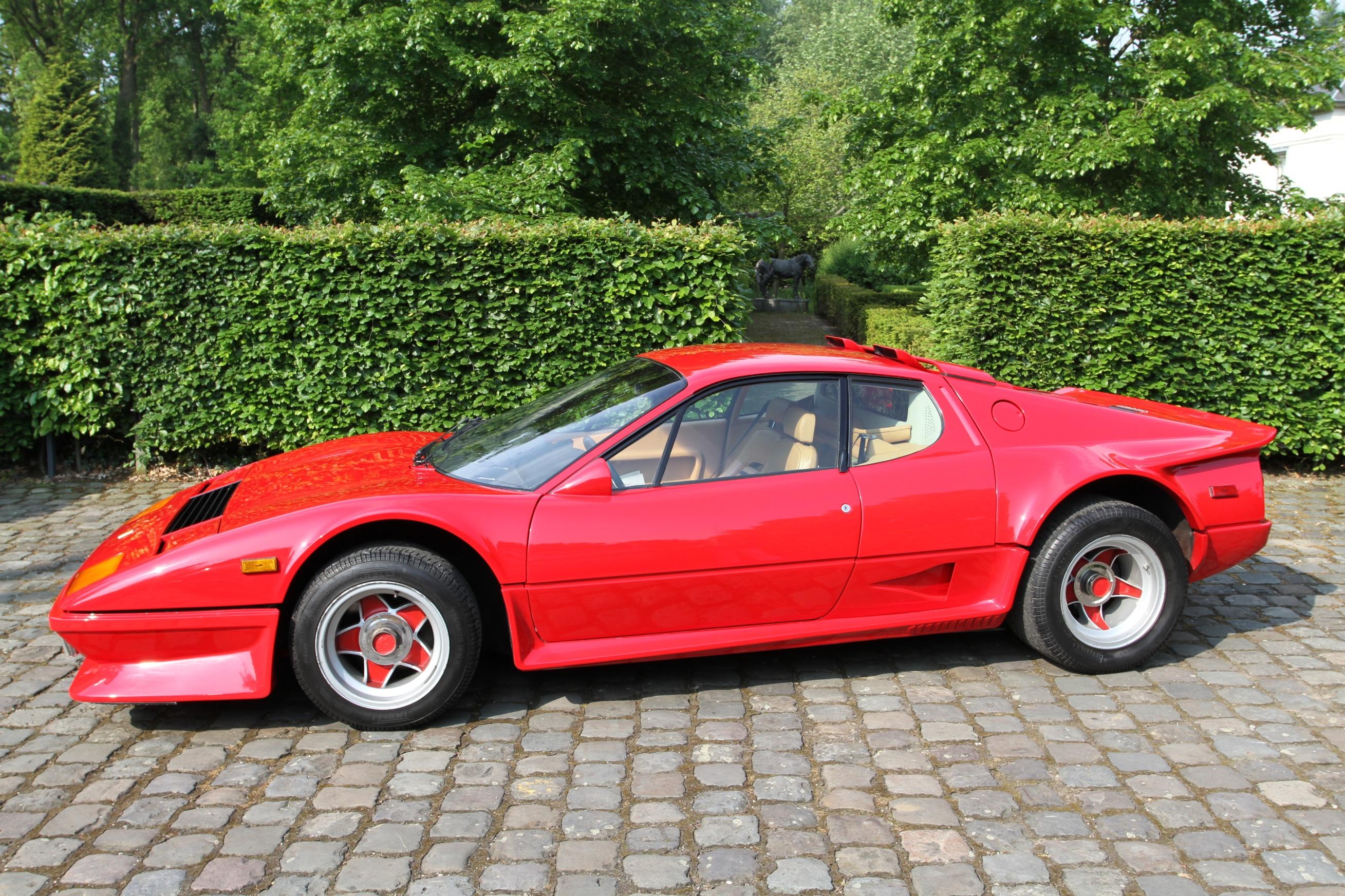
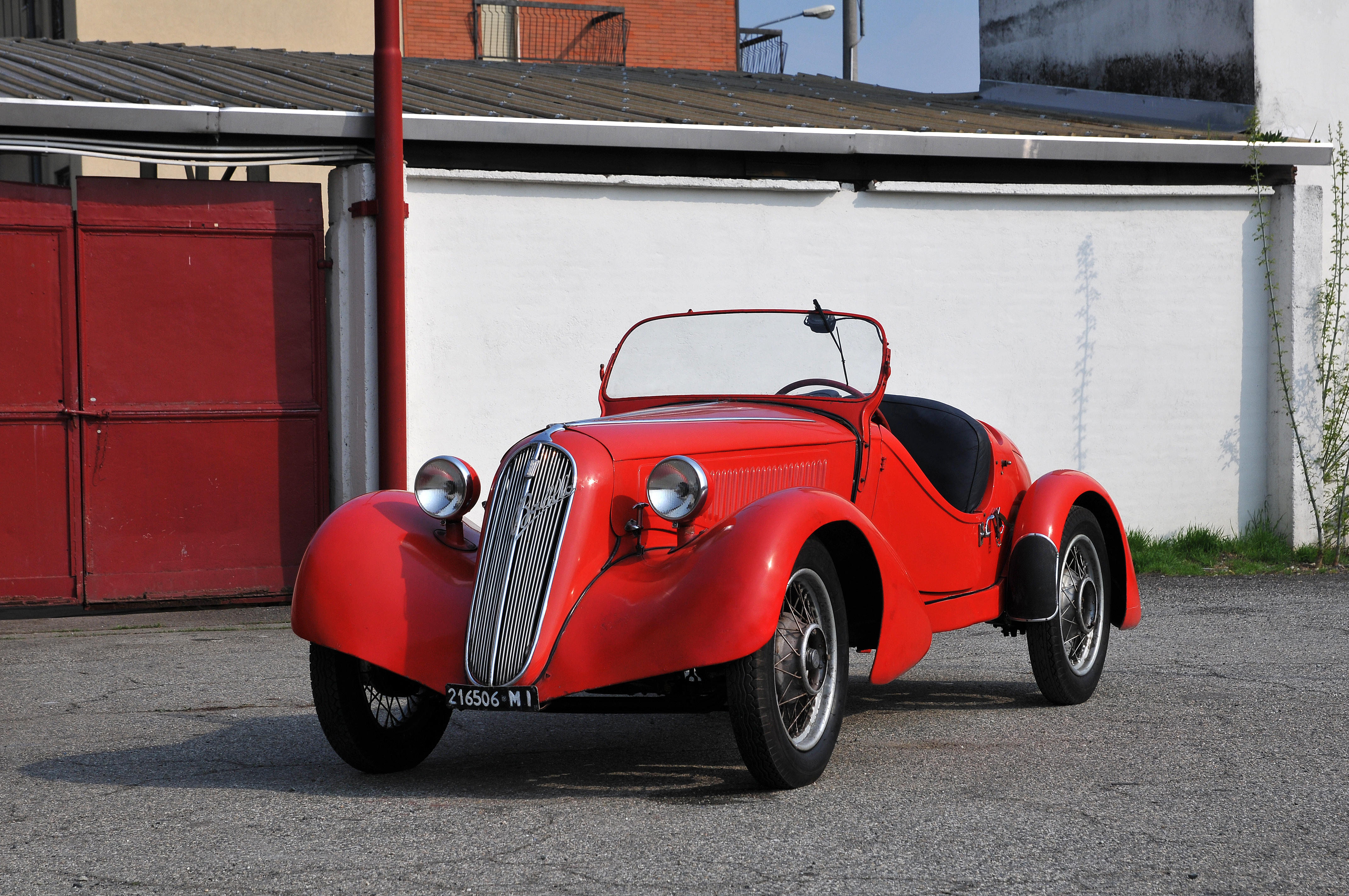
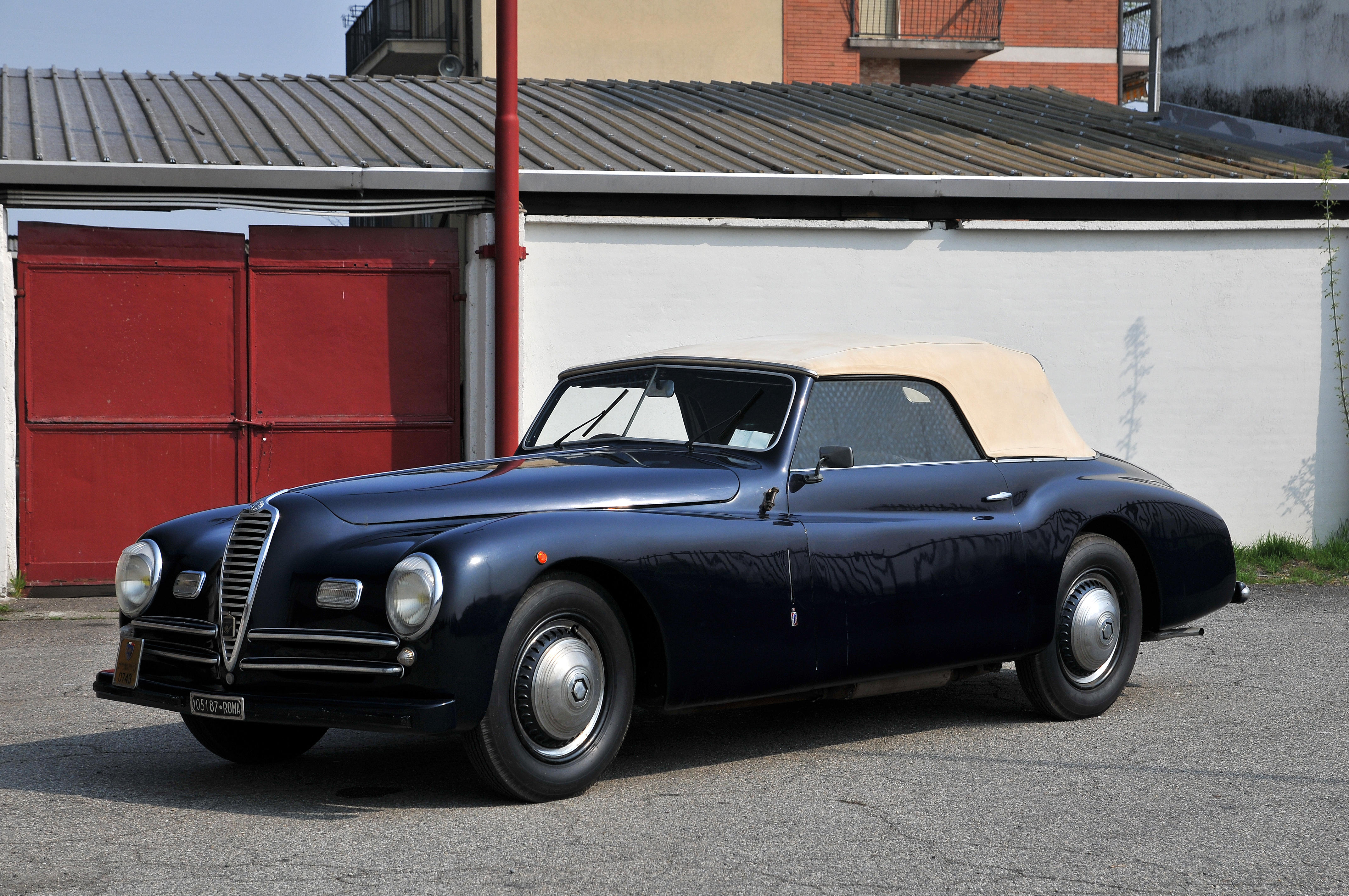
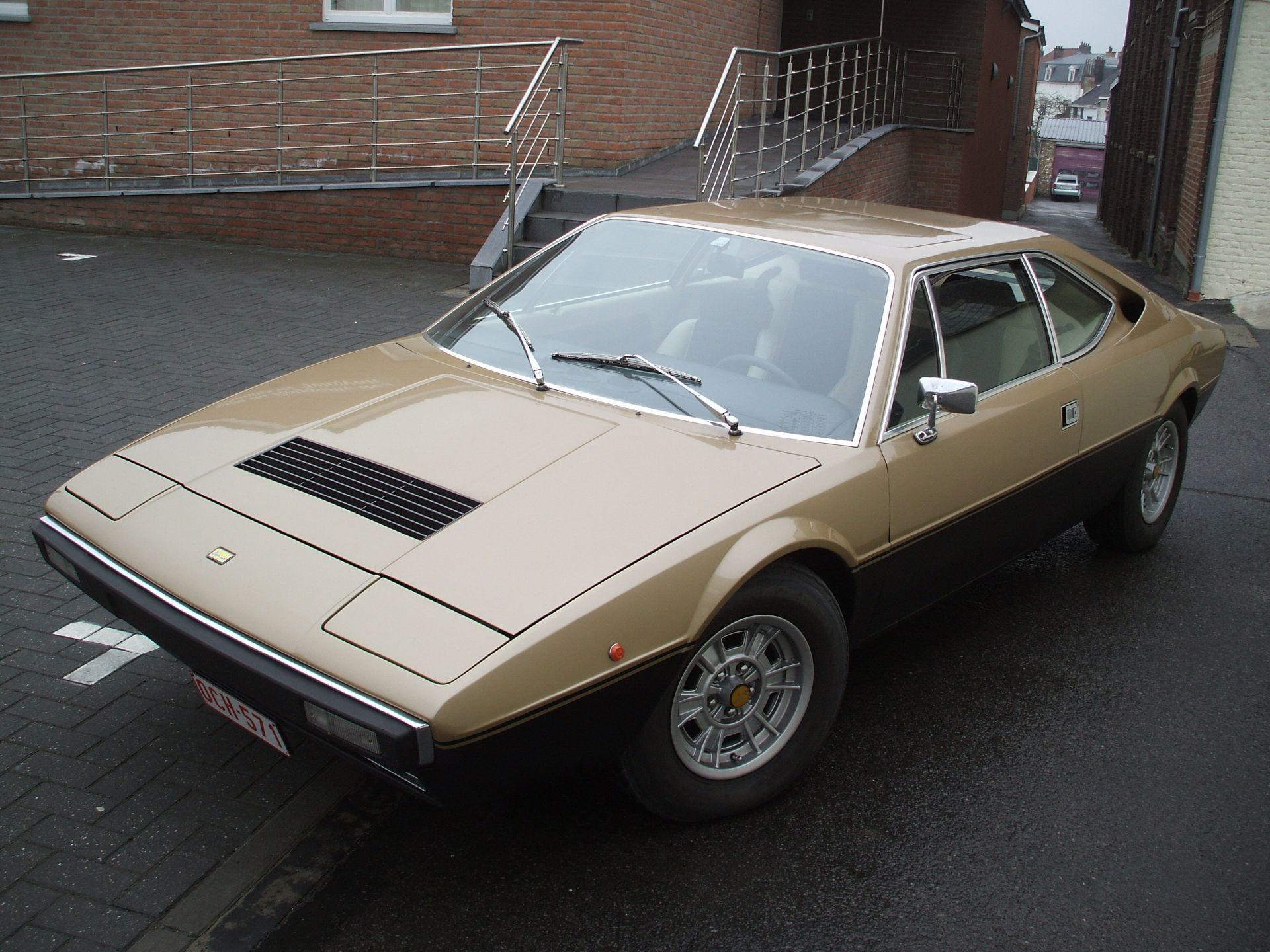
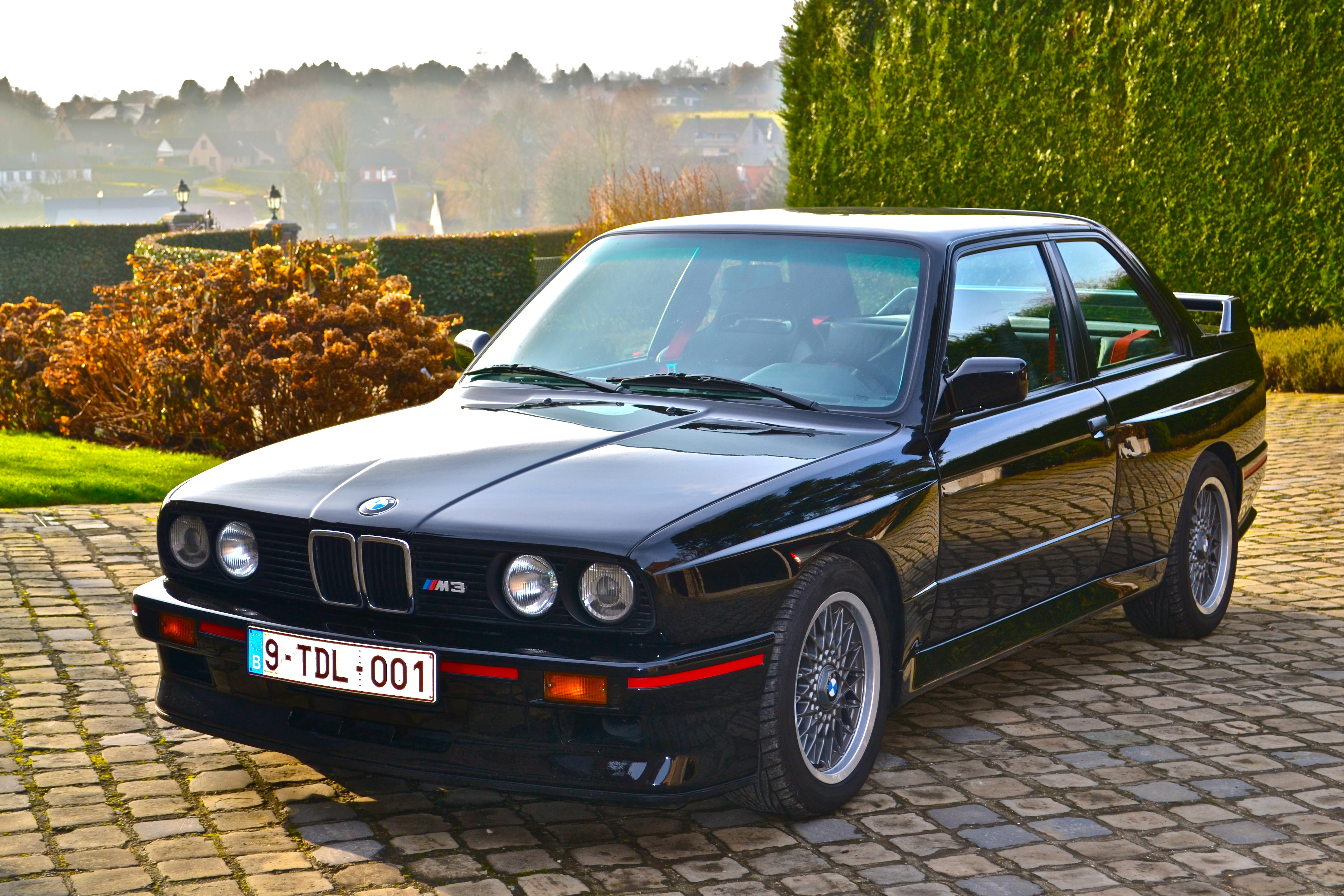
Testen Sie LotSearch und seine Premium-Features 7 Tage - ohne Kosten!
Lassen Sie sich automatisch über neue Objekte in kommenden Auktionen benachrichtigen.
Suchauftrag anlegen